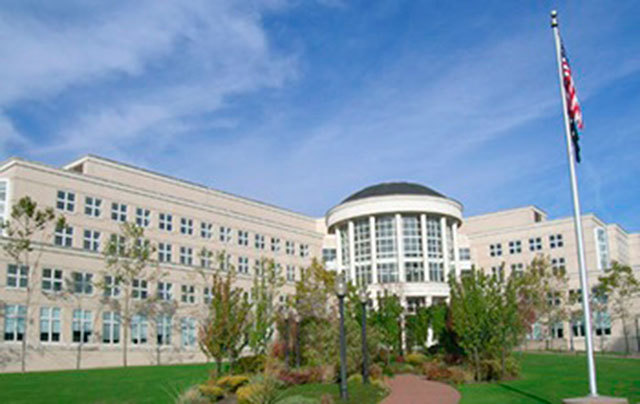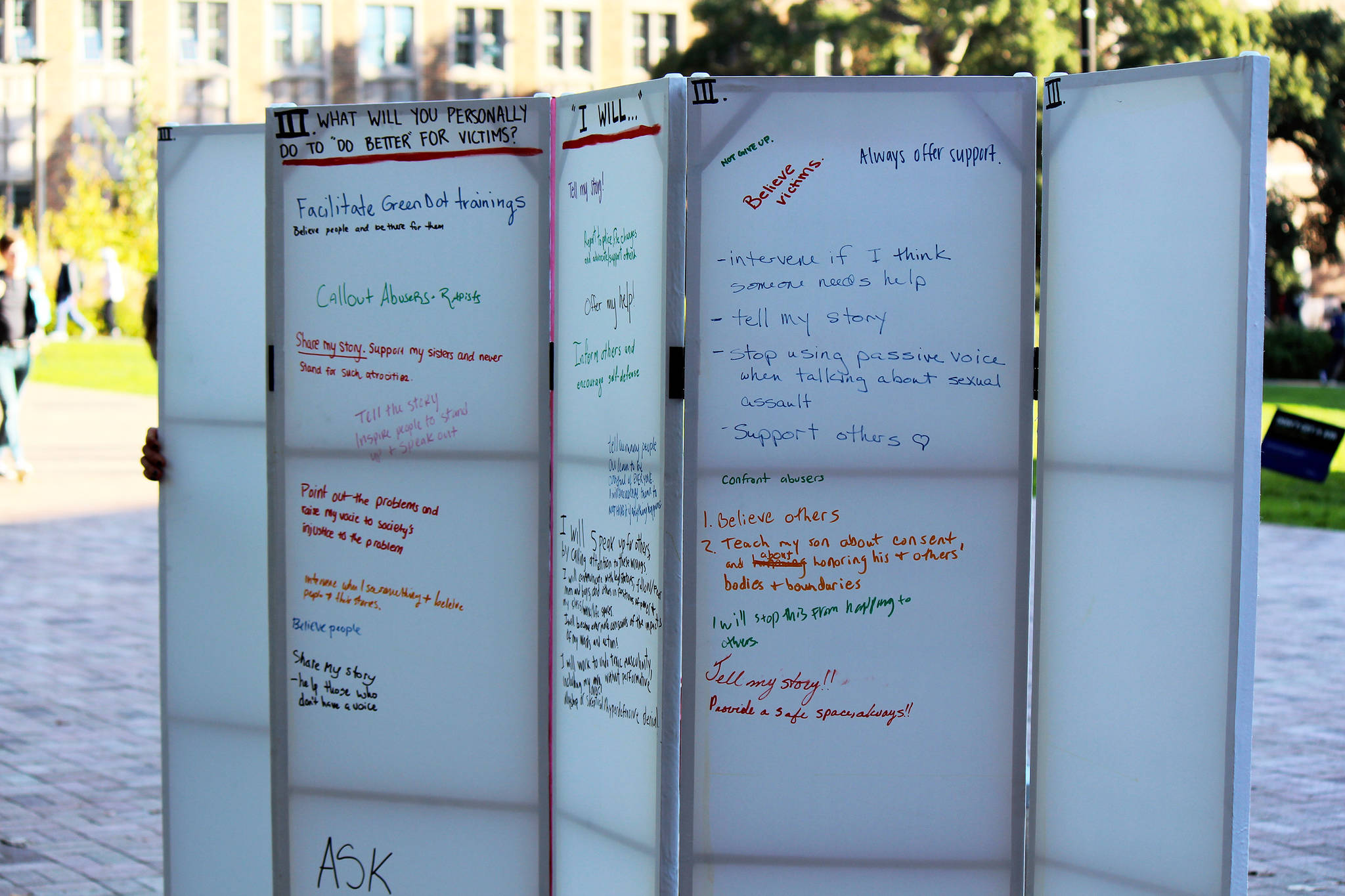It hasn’t been voted on yet, nor is it clear where the money and resources would come from to implement it. But after hearing a flood of public testimony Wednesday evening, mostly from youth of color, members of the Board of Directors for Seattle Public Schools spoke eloquently — and unanimously — in favor of creating a mandatory ethnic studies curriculum.
“Evenings like this make me proud to be a part of the Seattle community,” said Member-at-Large Scott Pinkham. He commended, as did all board members, the courage and passion it took for so many students to speak their truths about the Euro-centric histories they’d been handed in school, and their desire for something different.
“I hear you,” said board member Jill Geary. “I think it’s time we start a new narrative — for all of our students, and for ourselves.”
“Your stories and your experiences and your advocacy are profound and deeply touching,” said Vice President Leslie Harris. “I hope we can follow through and honor that.”
Their comments were punctuated by soft snapping and murmurs of approval from the dozens of students, teachers, and parents that packed the school board’s chambers to support a resolution introduced by the Seattle/King County NAACP in January. The resolution — which is currently in the hands of the district’s Curriculum & Instruction Policy Committee — would reimagine the entire curriculum in Seattle schools. The goal: to combat institutional racism by integrating nonwhite perspectives and cultures into every class. It’s an idea that’s already been adopted in Portland Public Schools, and in the entire state of California; research shows that student achievement and attendance rates shoot up when the curriculum is culturally relevant and critically examines the concepts of race and nationality.
But not every classroom in Seattle does that. Garfield High School teacher Jesse Hagopian explains, for instance, that the textbook he’s expected to use in his history class still describes Christopher Columbus as a figure that “discovered” the New World and “brought together” different peoples. Just three pages of the book explore the launch of the slave trade, which is “one of the fundamental markers in the transformation of human society,” he says. “There is so much left out of the discussion when you give it that short shrift.” Black students, who are suspended at four times the rate of white students in Seattle, “get labeled as defiant,” he told the Board, “but maybe we should better understand that as resistance to a whitewashed curriculum that doesn’t reflect their reality.”
“Europeans did not ‘discover’ the land,” one student testified Wednesday. “They stole it from the indigenous natives that were enslaved and killed by white settlers.”
Another student, now an ethnic studies major at the University of Washington, testified that only when she began college did she recognize the racial hierarchy she’d internalized. “I learned why I lied about what I ate for dinner; I learned why I was embarrassed to speak my language; I learned why I hid part of my identity because it was different,” she said. “We owe it to our students to include their voices and the voices of their families in their education.”
Another UW student described a program she’d led over the summer, called “Seattle to Selma,” which took an interracial group of high schoolers on a road trip through the South, visiting landmarks and “meeting foot soldiers” from the Civil Rights Movement, she said. “Students continually asked critical questions and one that came up repeatedly was, ‘Why aren’t we learning this in school?’”
Supporters formed a staunch line across the front of the room during the testimony, cheering and applauding after each speaker, wielding signs such as “Tell the Youth the Truth” and “White Privilege is Your History Being Part of the Core Curriculum and Mine Being Taught as an Elective.”
School board members listened, and their remarks afterward seemed to suggest that they heard — and agreed. But, as each indicated, the massive budget hole that Seattle Public Schools still faces casts a pall over every discussion. Yes, the district’s projected $74 million deficit shrank to approximately $50 million this week, as the gridlocked state legislature finally addressed one piece of the McCleary puzzle: the so-called “levy cliff,” which would have eliminated local districts’ ability to tax themselves to fund education by January 1, 2018. (That deadline has now been extended for one year.) But there is no way around it: $50 million is a huge gap.
The school board wants “to do the right thing,” said Rick Burke, chair of the Curriculum & Instruction Policy Committee, “but we also have to do the thing right.” He and others pointed out that Since Time Immemorial, the tribal sovereignty curriculum that became mandatory in every school in Washington in 2015, is still not being implemented adequately in Seattle, partly due to bandwidth and funding issues.
Some of the board wondered aloud whether there could be a way to fast-track ethnic studies, though. “Money can be tight for us, but when we sit down and think about our priorities, we can make it work,” offered Pinkham, to approving snaps from across the room. “We’ll see what we can do.”
Jon Greenberg, a high school teacher who, like Hagopian, is a member of the Seattle Education Association’s Social Equality Educators (SEE), says he’s not sure the budget argument is good enough. Rolling out a new curriculum over the span of two years, as the NAACP draft resolution suggests — as well as incorporating community feedback and expertise, which may not cost anything — doesn’t have to be a budgetary issue, he argues. There are also now 31 schools across the district with Racial Equity Teams, an initiative launched as a direct result of the Seattle teachers’ strike in 2015. And those teams are composed of people who’ve gone through training and are “committed to this work,” he says. “You could start with them.”
Geary said after the meeting that there will likely be an opportunity for the board to vote on the resolution in about six weeks or so, and at that point, she’d expect it to pass. She invoked the national political climate during her public comments as an example of precisely why this kind of thing is necessary; other board members did, too. It has become a kind of Seattle refrain: Perhaps Seattle, once again, can be a beacon in a dark time.
“I see this as a curriculum that benefits us all, fundamentally, in being better people … in breaking down the divisiveness that we now see as rampant,” she told the room. If this was how the curriculum had always been designed, she said, “I don’t think we’d be living in the country we’re living in today.”
But speaking afterword, she reiterated that funding will be a challenge. “Can we do it well by adopting a resolution that we know we can’t implement? I don’t know. I don’t know.”
sbernard@seattleweekly.com








